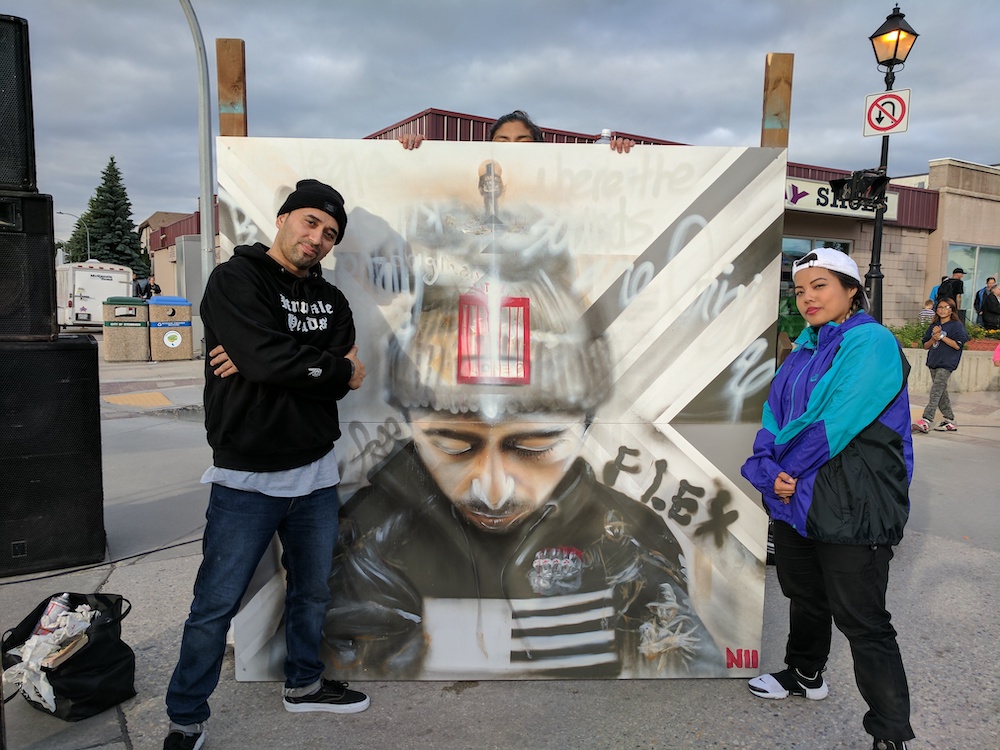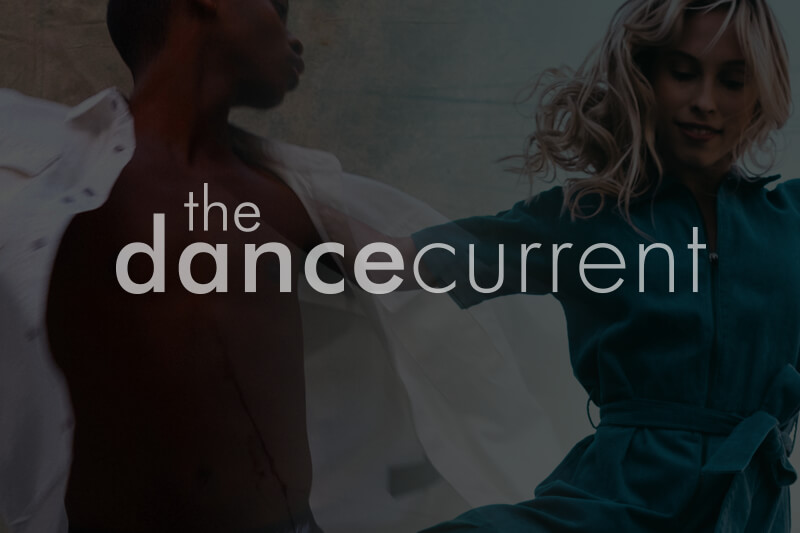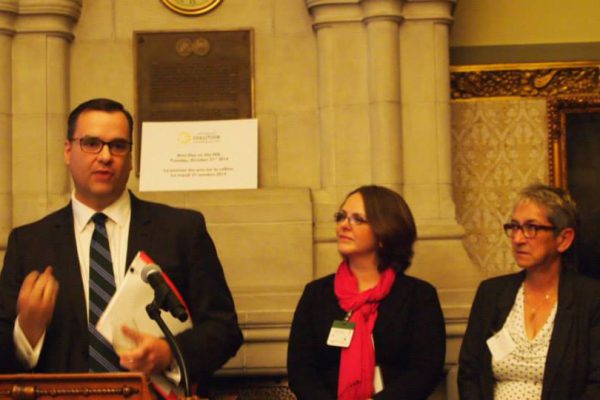This article is published through our Regional Reporter Program. We acknowledge the support of the Canada Council for the Arts through the Digital Now initiative.
***
Youth in Winnipeg, located within Treaty 1, can now learn about street dance, for free, thanks to Graffiti Art Programming, Studio 393 and Unity Charity.
Through workshops led by dance instructors Flexum and Kilusan, participants will learn a variety of street dance styles including breaking, house, voguing, waacking and popping. The program, which is themed “Movement Medicine,” will run for a total of seven weeks, from November until mid-December, culminating in a final class where youth will reflect on their development and showcase their talents.
Kilusan – otherwise known as Maribeth Tabanera – noted that street-style dance programming of this kind is unique in Winnipeg and of special importance to BIPOC youth.
“It’s not like every dance school [in Winnipeg] has these specific styles consistently throughout the year,” they explained. “A space for street dancers, indoors, is always a very cherished commodity that we don’t often really get a space for.”
Graffiti Art Programming has been organizing community-inspired art activities since the development of the Graffiti Gallery space on Higgins Avenue in 1999. Studio 393, located in Portage Place, is one of its satellite organizations and is dedicated to mentoring young artists in hip hop and breakdancing, poetry, DJing and other art forms relevant to their interests.
Though Graffiti Art Programming held some in-person activities at partner locations in core areas of Winnipeg during the summer, Elliott Walsh, the manager of Studio 393, said that the Movement Medicine workshops are the first in-person programming being offered to older youth, ages 14 to 29, since the start of the pandemic.
The program had its first session on Oct. 26, at LIVE Dance Centre. Tabanera said that after a long, isolating year and a half, the organizers are trying to slowly ease into things.
“We’re trying to facilitate a space … have a slow intro into being back in our bodies … and to do it in a way that is gentle enough,” they explained.
“We’ll read the room and engage our students and meet them where they’re at.”
The first three weeks will be led by Flexum, an international b-boy whose background is breaking and house. Tabanera will lead the following weeks, drawing on their interest in a wide range of street styles including house, voguing, dancehall and waacking. Each class will involve a one-hour workshop and one hour of freestyle time, called a “sesh” in the hip-hop world.
“Flexum and I have been in conversations for a while about working together,” Tabanera explained. “We were talking about our relationships to dance, and what it means for us to dance, and the topic of how movement is our medicine, how it has been our whole lives.”
The workshop name, Movement Medicine, resonates with the community of BIPOC youth from Winnipeg’s core areas who attend events by Studio 393 and Graffiti Art Programming.
“It’s really cool to see the coalition of organizations who have very similar values and very similar interest in developing community, and BIPOC community specifically, and meeting them with programming that is relevant to their interests,” said Tabanera.
According to Walsh, the collaboration with Unity Charity, which runs free hip-hop programming to underserved youth in programs across Canada, was straightforward because of some pre-existing connections between the organizations.
“We’re trying to do more national work,” said Walsh. “We’re just happy to partner with them.”
Now, “It’s a matter of getting the word out and letting people know that it’s accessible,” Tabanera noted. “It’s free. It’s a safe space.”
Tagged:





